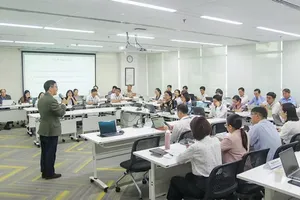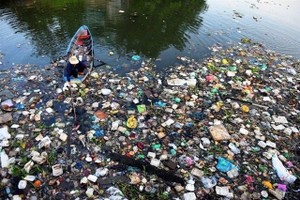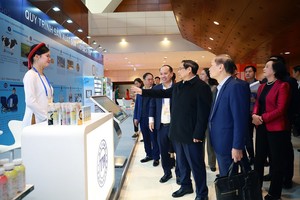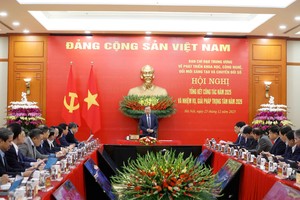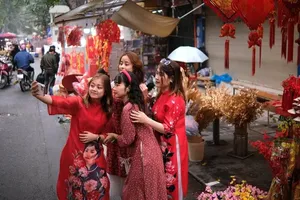After Chinese media stated that their satay might contain a toxic cancer-causing substance, a number of individuals are now feeling sick after eating the satay.
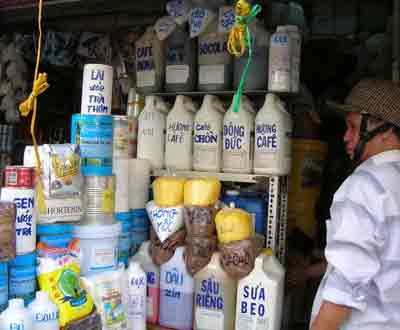
Chefs at sidewalk restaurants have used additives and chemicals in food for many years, as buying these chemicals are easy and inexpensive.
A Sai Gon Giai Phong journalist toured one of the biggest wholesale markets in Ho Chi Minh City - Kim Bien Market in District 5.
Chemicals including liquids to bleach, chemicals to create coffee foam and colorings, and chemicals to make chicken and goat meat crispier were found in nylon bags and bottles.
One retailer said that chefs should use one spoonful of these chemicals in order to make the food crispier.
At another shop, the owner said chefs have used additives and spices to make pho (Rice noodle soup with beef) and bun bo (Beef rice noodles).
She stated she sells more than 50 liters of beef to eateries in a week. She said that a one-liter bottle of additives priced at VND250, 000 could be used to cook 100 big pots of rice noodle soup or beef rice noodles.
The situation is much the same at Binh Tay Market in District 6. A shop assistant told a journalist that he uses a red powder in varnishing cooked crab rice noodles. She compared the cost of these chemical to only VND50, 000, while food colorings would cost six times more to buy.
After the news became public, the Food Hygiene Department in Ho Chi Minh City, told the market management boards not authorize any shop to sell Chinese satay and spices for cooking ‘pot-au-feu’.
However, much Vietnamese food is package in nylon, without any clear indication of its origin and no labeling on the food product were available at several of market stores.













